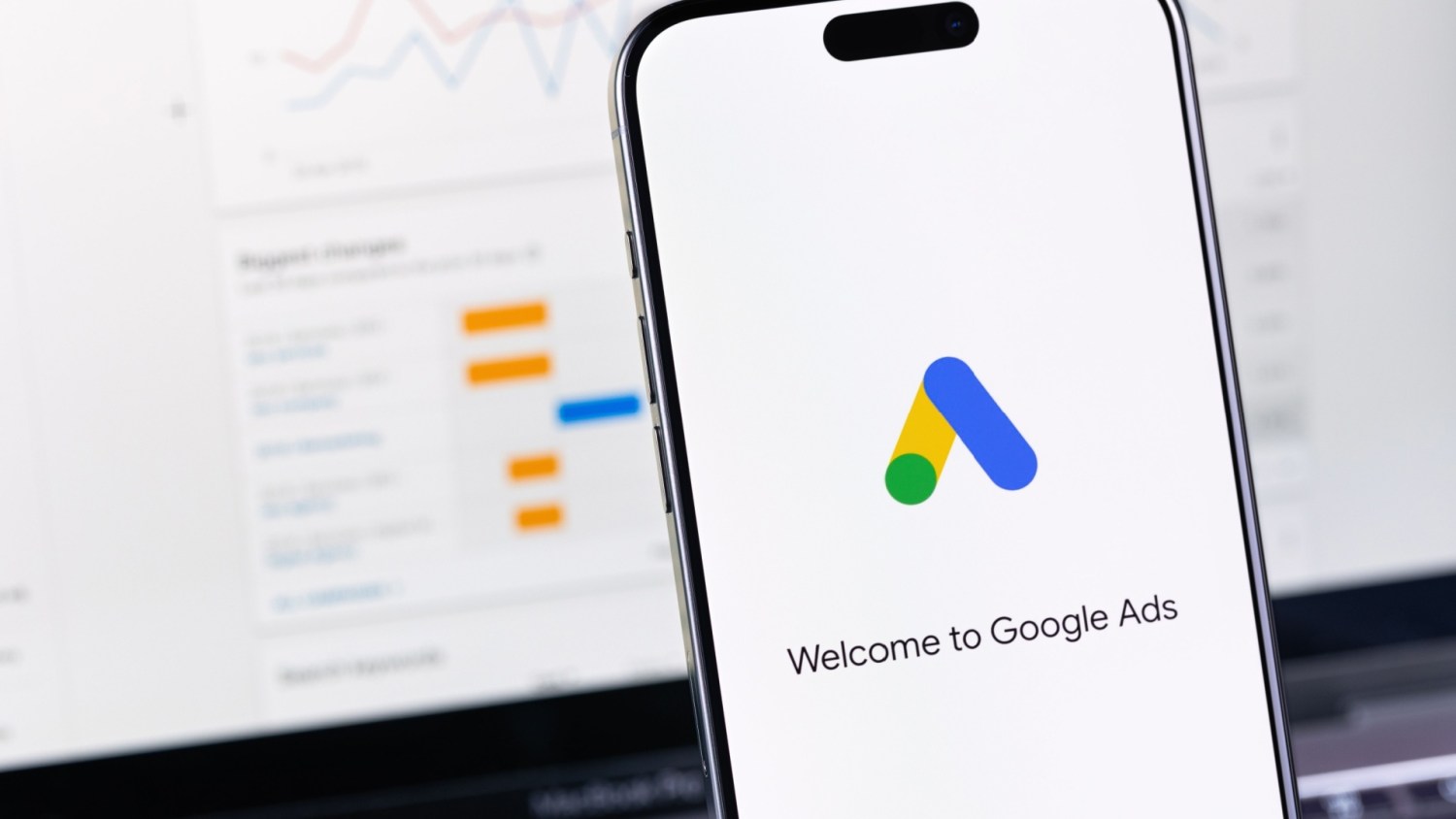Google Ads doubles negative keyword list limit: Glitch or quiet policy change?

Google’s documentation says advertisers can only add 5,000 keywords to a campaign-level negative keyword list. But one advertiser has reported successfully adding more – raising questions about whether this is a glitch or an unannounced update.
Why we care. Negative keyword lists are critical for advertisers, helping them cut wasted spend and prevent ads from showing on irrelevant searches. A higher limit could be a welcome change for large accounts managing thousands of exclusions – but only if Google confirms it’s intentional.
Driving the news. Stan Oppenheimer, paid search specialist at Dallas SEO Dogs, spotted a search campaign with more than 5,000 negatives (i.e. the published limit).
- Oppenheimer flagged the issue to Google, asking for clarification and for the official help docs to be updated.

Between the lines. If this is more than a glitch, it could be part of Google’s broader push to standardize campaign limits across formats. But the lack of clarity leaves advertisers unsure whether they can rely on the higher cap.
What’s next. Until Google confirms, advertisers should proceed cautiously – and assume the official 5,000-word cap still applies to search campaigns.
What are Google saying. “The threshold remains 5,000 keywords per negative keyword list, but there may be some cases in which lists a bit over the limit are accepted.” Ginny Marvin, Google Ads Liaison, confirmed on X:

Read more at Read More

























